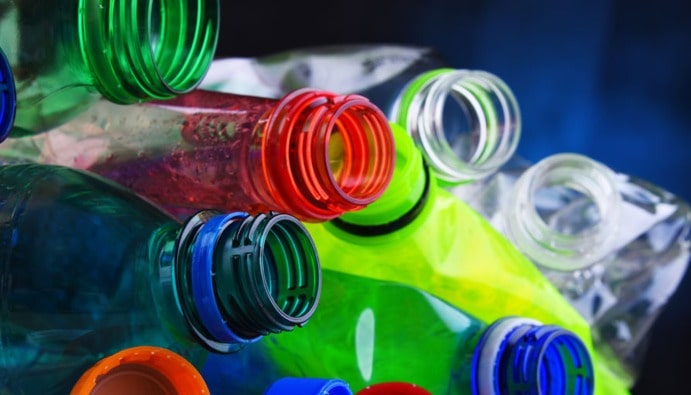
BLOG
KATEGORİDEKİ DİĞER YAZILAR

Cadmium intake from the plastic materials we use in our daily lives is harmful to health. The body can perceive cadmium as calcium and accumulate it. Therefore, bone weakening and brittle bone structure can be seen as a result of high exposure to cadmium.
Total cadmium determination is a test method used to determine the amount of cadmium in plastics. Since cadmium is a toxic metal in food contact plastics, it is of great importance for food safety. This determination is carried out to ensure the safety of plastics and legal requirements.
BS EN 1122 is a European Union standard for specific migration tests on plastics and composite materials in contact with food. This test aims to protect consumer health by controlling the migration of chemical components in materials into foodstuffs. The standard assesses the suitability of plastics and composite materials for food safety.
BS EN 1122 standard covers test methods for the determination of total Cadmium (Cd) content in plastics in the range from 10 mg Cd/kg to 3000 mg Cd/kg. The BS EN 1122 standard, Wet Decomposition Method Determination of Total Cadmium (Cd), is not a suitable method for polyfluorinated plastic materials.
The standard principle is based on the wet decomposition of organic compounds and the dissolution of cadmium compounds in a sample. Atomization of a solution in an atomic absorption spectrophotometer flame and measurement of absorbance at a wavelength of 228.8 nm.
Total Cadmium (Cd) is determined by 2 different methods within the scope of BS EN 1122 standard.
Nanolab Laboratories Group continues to provide services within the scope of Total Cadmium (Cd) Determination in Plastics. We also provide services in Plastic Packaging Testing.
Contact us for more information.
You can follow us on LinkedIn for up-to-date news and posts about our services.
Follow our Instagram account to be informed about our latest blog posts.